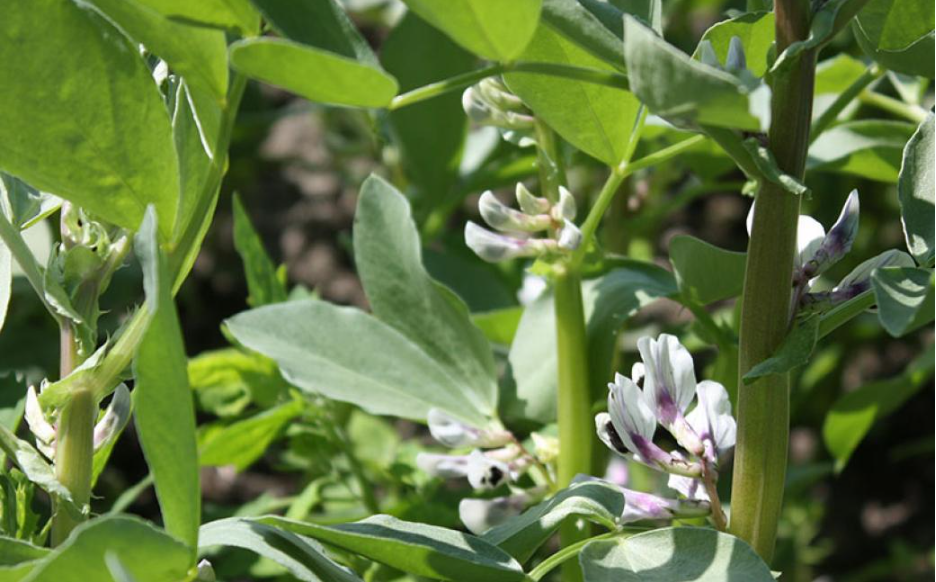
Field beans or faba beans, in addition to being excellent animal feed, are also excellent substitutes for soy. The possibilities for including these relatives of the broad bean in our diet are countless. This in turn helps us all live a lot more sustainably. There is one problem, however. A small percentage of people cannot tolerate them, because of the substances vicin and convicin in the bean. They affect the red blood cells. An international team of researchers, led by the universities of Helsinki and Copenhagen and the Luke Natural Resources Institute Finland, has identified the gene responsible for producing these substances.
Fred Stoddard from the University of Helsinki, one of the project leaders, says, “Faba beans are an ancient crop that now holds new promise as a sustainable protein-rich food that everyone can eat.”
Nitrogen-binding crop
The field bean is once again receiving a lot of attention. After all, it is considered a nitrogen-binding crop. Moreover, protein prices have risen on the world market. With a protein content of 25 to 30 percent, field beans are an interesting alternative for imported soy. The beans are also suitable for replacing animal protein with plant protein in human diets.
Yet when people deficient in a specific enzyme eat a large portion of uncooked Faba beans, the vicin and convicin can cause their red blood cells to burst. The ensuing hemolytic anemia, known as favism, has given the plant a bad name. Although there are a number of faba bean varieties with low concentrations of vicin and convicin, the gene responsible for this characteristic was previously unidentified.
Alan Schulman of the University of Helsinki: “It seems that the ancient Greeks and Romans must have known about the serious diseases occasionally caused by faba beans. However, it took until today to crack open the secret of that risk.”
Commercial cultivation
The scientists have now identified the gene responsible for the vicin-convicin content. In addition, they have identified the specific mutation within this gene that causes the reduction in synthesis. They discovered that all faba bean varieties with low vicin-convicin content descended from a single accession found in a gene bank. In it, two nucleotides (the ‘letters” that make up DNA) were inserted into the VC1 gene. This insertion disrupts VC1 function and is the only known genetic source of low levels of vicin and convicin.
This research clears the way for the full definition of the biosynthetic pathway of vicin and convicin. This paves the way for the breeding, production and commercial use of faba bean varieties that are completely free of these antinutritional compounds.
The research was published in Nature Plants.
Also interesting: Microalgae is the food – and drink – of the future





